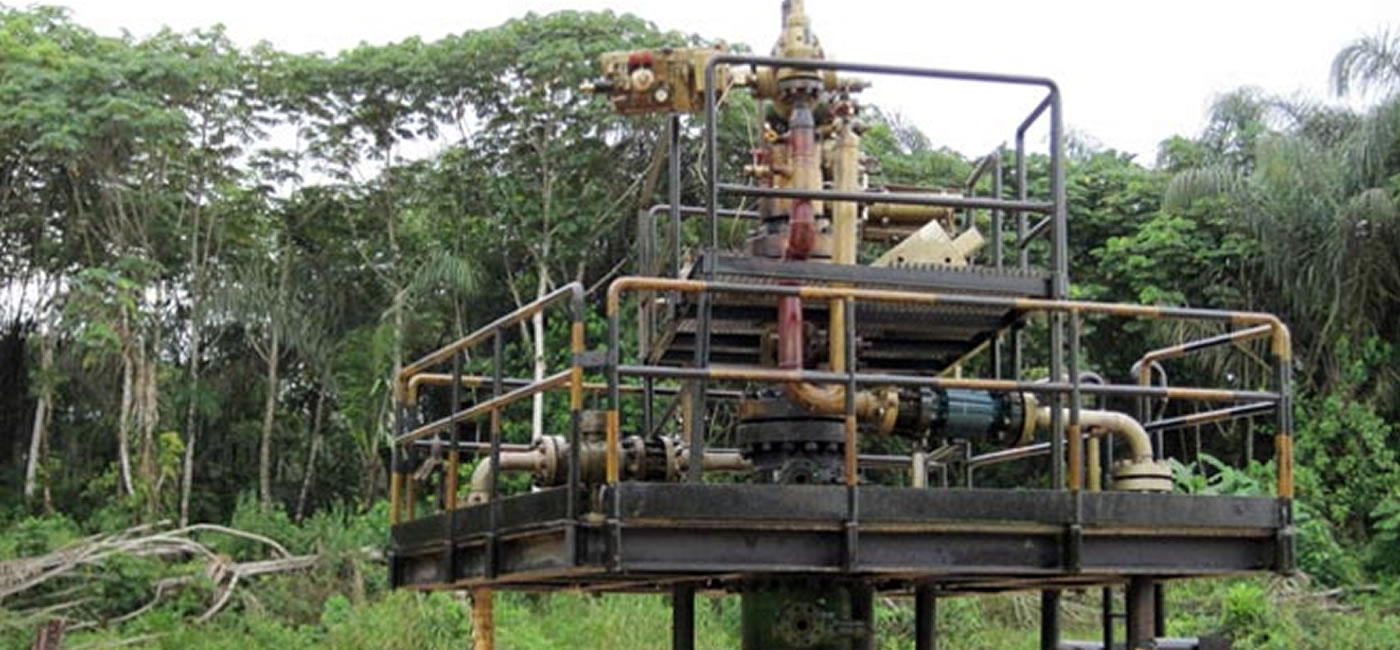INTRODUCTION
This SAFETY Manual is based on OCTOPUS CLAN NIGERIA LIMITED’s experience in the engineering service sector.
The management has carefully put in place a series of Community Affair, Health Safety, Environment and Security (SAFETY) policies. The highlights of this manual include the following:
- SAFETY Policies
- Management responsibilities in line with SAFETY targets.
- Emergency procedures for our operations (Land and Swamp)
The objective of this manual is to:
- Promote safety and protect the health of all employees in connection with their work.
- Consolidate existing cordial relationship with host communities/client and others.
- Protect and conserve the environment.
OCTOPUS CLAN NIGERIA LIMITED believes that all accidents and community disturbances can be prevented and that SAFETY requirement can be managed with the same level of dedication like production and cost control. Company’s management should be visibly committed to SAFETY and it should be regarded as an integral part of company’s business. Therefore, work should never be commenced and/or continued when the CASES implications have not been objectively studied and analysed by the line managers/supervisors.



